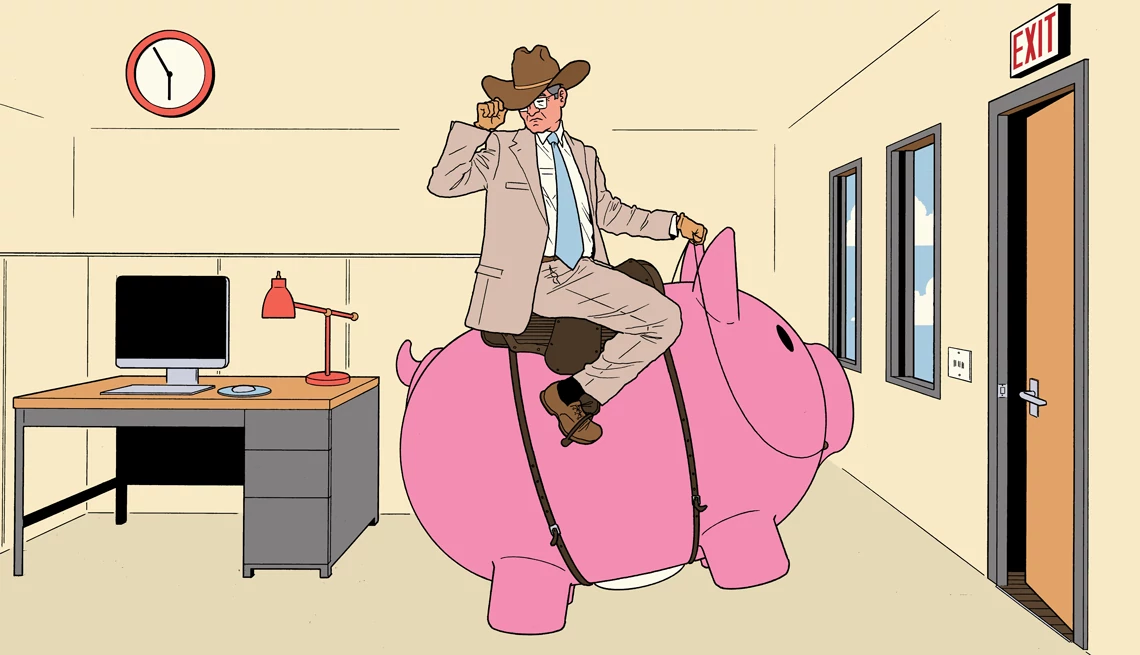AARP Hearing Center


Each year, millions of Americans enter the homestretch of their working lives, with more than 3.7 million claiming Social Security retirement benefits in 2024. Are you one of the many soon-to-be retirees?
If so, you may be tempted to take it easy in your final months on the job. But there’s still work to be done — for your financial future.
The time leading up to retirement is a crucial period to review your savings, capitalize on workplace benefits, pay off debt and make other moves that will set you up for financial success in your golden years.
Ready to enter your next chapter with confidence? Here are eight steps to take before leaving your 9-to-5.
1. Bolster your emergency account
A robust emergency fund is critical in retirement. While you may not have the financial strain of an unexpected job loss, you could encounter large expenses, like an unplanned home repair or a hefty medical bill. Having a dedicated fund can help you cover unforeseen expenses without racking up credit card debt or dipping into your retirement assets. Benchmarks vary depending on your financial situation, says André Small, a certified financial planner and founder of financial planning firm A Small Investment in Houston. However, in general you should have an emergency fund that can cover 18 to 24 months of essential expenses before you retire, says Kristen Beckstead, a certified financial planner and vice president at First Horizon Advisors in Nashville, Tennessee.
Consider keeping the funds in a high-yield savings account or a money market account so that you can have immediate access to the cash if a financial emergency arises.
2. Review your complete financial picture
Determining where your cash will come from in retirement, whether it be Social Security, retirement accounts or investments, is crucial. Review your assets and liabilities to get a full picture of your finances. If you’re carrying any high-interest debt, like credit card balances, pay down as much as possible before you retire, Small advises.
To assess what your retirement expenses will be in a typical month, look at your bank statements from the previous two years, add up the total spending and divide by 24, advises Evan Beach, a certified financial planner and founder of Exit 59 Advisory in Alexandria, Virginia.
Knowing that number can help as you make any necessary changes to your budget, savings or investments before you retire.



































































More From AARP
How to Avoid 10 Common Retirement Fails
Sidestep these land mines to help safeguard your money, health and happiness
8 Mistakes Couples Make When Planning to Retire
Plus, steps you can take now to avoid disagreements and prepare for your later years